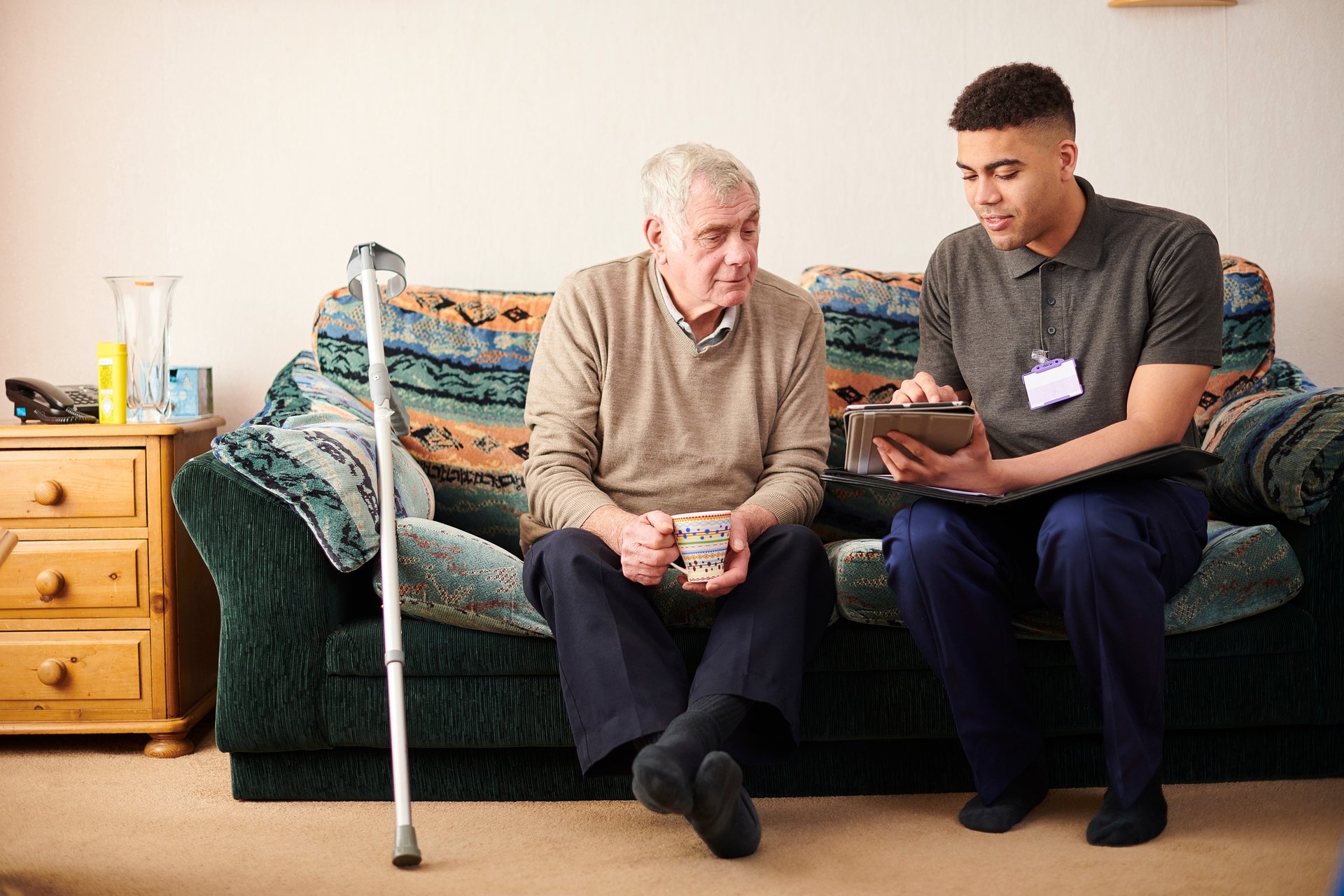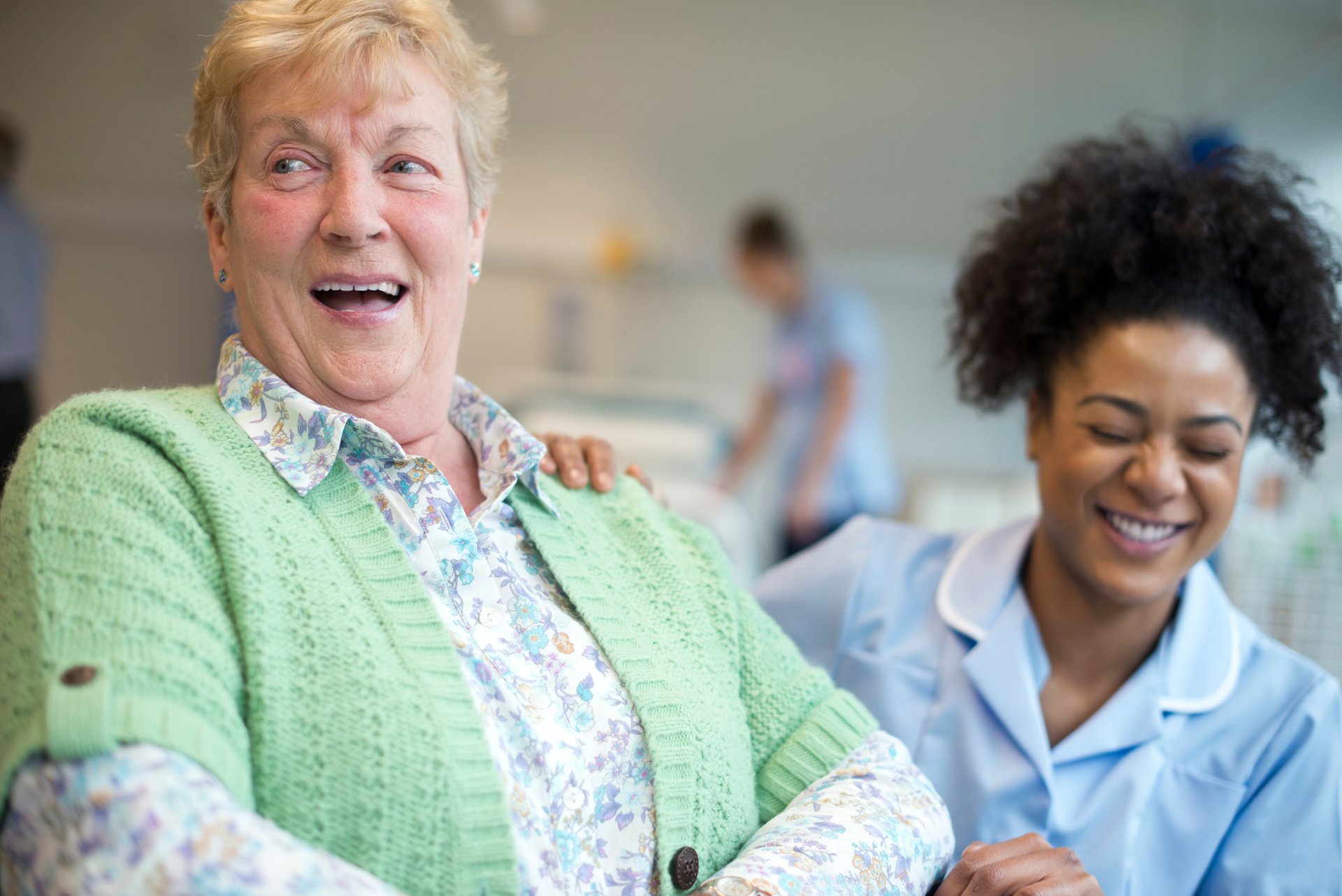Hit enter to search or Esc to close
HomeFirst – a new model of intermediate care in Leeds

The Challenge
Across the country, health and care systems are facing a range of challenges in the delivery of intermediate care due to rising demand, driven in part by an aging population with increasingly complex health conditions.
In Autumn 2022, the Leeds Health & Care Partnership, which brings together health and care organisations in the city, commissioned Newton to conduct an initial review to help identify how the system could improve the delivery of intermediate care for the residents of Leeds. The review showed that whilst thousands of people from across Leeds were receiving great health and care, there were a number of challenges in the system related to patient flow and the transfer of people into intermediate care, which meant that individuals were not always achieving their best outcome.

Impact
Based on this evidence, the Leeds Health & Care Partnership, supported by Newton, set out to transform the way that intermediate care is delivered in Leeds through the HomeFirst programme, which aims to achieve a person-centred, home-first model of intermediate care that is joined up and promotes independence.
By working together in a true partnership, system partners have delivered a new model of intermediate care within existing workforce, funding and organisational arrangements. Fundamental to the success of the HomeFirst programme has been building on the culture and relationships across partners in the system; embedding a culture of collaborative decision making and service delivery.
As a result of the changes made the HomeFirst programme sees more residents achieving their best outcome whilst simultaneously relieving seasonal pressures on the acute and unlocking significant financial benefit within the system.
“Everybody is now working together, so we’re working in the hospital together with community and primary care colleagues and with social care to ensure that we’ve got a truly integrated way of person-centred support based on need.”
CEO, Leeds Teaching Hospital NHS Trust
The HomeFirst Programme
The HomeFirst programme consists of five interrelated projects which focus on maximising independence and ensures that residents always achieve their best outcome. The new ways of working have been designed, trialled, iterated and scaled by experts including frontline staff and operational managers from across the system.
Active Recovery at Home
redesigning the home-based intermediate care offer to maximise capacity and deliver the best outcomes for people accessing these services.
Enhanced Care at Home
transforming preventive services to avoid escalations in need with a specific focus on avoidable acute hospital admissions.
Rehab & Recovery Beds
transforming bed-based intermediate care to improve outcomes and minimise length of stay in short-term beds.
System Visibility & Active Leadership
making use of the wealth of data in the system to produce system and service level dashboards, while establishing the right cross-partner governance to use these for effective decision-making.
Transfers of Care
redesigning the discharge model to minimise discharge delays and ensure the system achieves the most independent outcomes for people leaving hospital.

System Visibility
Before the HomeFirst programme, system partners in Leeds regularly met to discuss system performance, but the lack of a unified data source meant these meetings were often inefficient and unfocused. Each partner organisation produced a lot of data, but without a single version of the truth, efforts were duplicated, and trust was eroded. Leeds needed a way to consolidate their data and a leadership model to ensure decisions were evidence-based at every stage.
The introduction of the system visibility dashboard addressed this need by bringing existing data into a single, regularly updated platform. This dashboard supports decision-making at all levels, providing patient-identifiable data for joint case management at the team level and highlighting areas needing additional support at the service and system levels. This tool, combined with the Active Leadership framework, enables partner organisations to review data collectively and take coordinated action to resolve issues.
For the first time, heads of service from all health and care organisations in Leeds can effectively review system pressures and delays, allowing for timely, cross-organisational actions to relieve pressure before it escalates. The team has been able to identify the hidden delays further down the system which were often driving some of the delays to discharge, which would otherwise go unnoticed. The System Visibility tool and Active Leadership approach has transformed how Leeds manages system performance, fostering collaboration and enabling more effective, data-driven decision-making.
“The benefits have been huge, both for staff and for the patients. For the patients, it means that they’re seen in a more timely manner and prioritised, appropriately. The referrals are triaged immediately, so there’s no delay, and from a staff perspective it means that we’re receiving the right patients who are right for our servic”
Occupational Therapy Clinical Lead
Outcomes
The HomeFirst programme has seen many positive outcomes, from seasonal pressures on the acute hospital being relieved, to a reduction on the system’s reliance on long-term care. Most importantly, residents of Leeds are receiving highly effective services and are supported in achieving significantly improved outcomes.
As of September 2024, the programme is having the following impact on outcomes across intermediate care in Leeds:
- 169 more people able to go home after their time in intermediate care rather than a long-term bedded setting each year
- 8.2 day reduction in the average length of stay in short-term beds
- 421 more people going directly home after their stay in hospital each year
- 786 fewer adults admitted to hospital each year
- 31% reduction in length of stay for complex patients with no current reason to reside
- 522 additional people benefitting from reablement each year
- The effectiveness of the home-based reablement offer has increased by 8% (in terms of long-term home care hours following the service), with a 19% increase in the proportion of people leaving the service fully independent
- 33% decrease in readmission rates after receiving home-based reablement
- This performance translates to £23.7m per annum of equivalent financial benefit to the system. These benefits are spread across system partners and are a combination of cost-out, future cost avoidance, or investment in quality.
Embedding and sustaining the changes is an important component of the work allowing for long term change that can be maintained by teams. There is more to do to deliver the full vision of the Programme and ensure that Leeds Health and Care Partnership are able to support the changing needs of the population in years to come, but the impact and approach of HomeFirst delivers an strong foundation to build from.
“The beauty of HomeFirst is that it has brought people together through a partnership and TeamLeeds approach to look at all the key transitional points where people move from the community to hospital, from hospital to home, and from hospital to community care beds. It feels so much more joined-up now because we have had so much commitment to doing this as a system rather than individual organisations.”
Sam Prince, Executive Director of Operations, Leeds Community Healthcase NHS Trust
